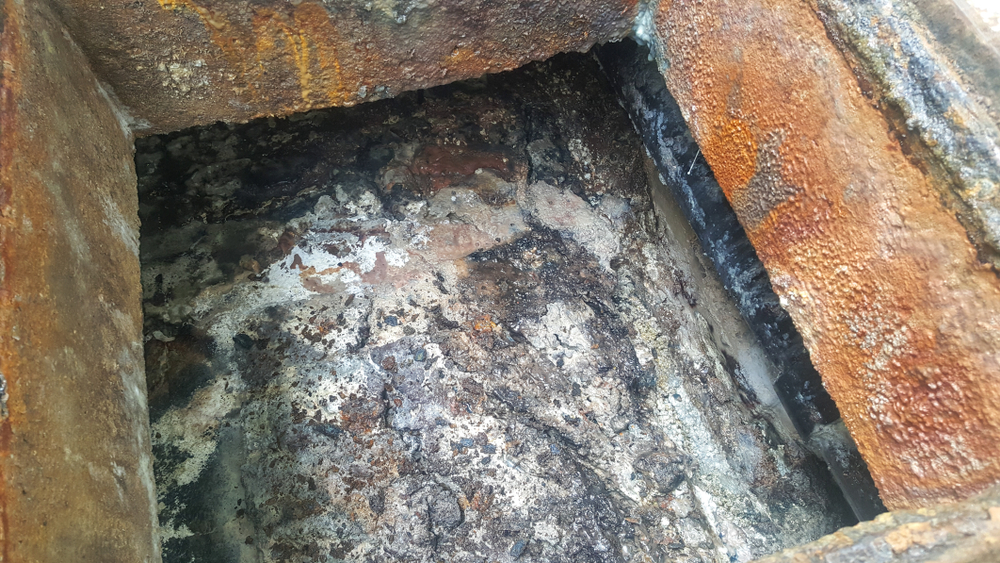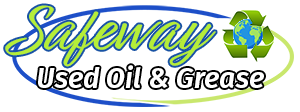
Top 5 Signs Your Grease Trap Needs to Be Cleaned or Inspected
If you own or manage a commercial kitchen, restaurant, or food processing facility, you already know the essential role a grease trap plays in your plumbing system. Grease traps are designed to capture fats, oils, and grease (often abbreviated as FOG) before they enter the wastewater system and cause expensive and disruptive plumbing issues. While these devices are built to be durable and effective, they are not maintenance-free. Ignoring your grease trap until there’s a problem can lead to health code violations, environmental damage, or even shutdowns. Regular grease trap cleaning and inspection are critical, but how do you know when it’s time to call in the professionals? Here are the top five signs that your grease trap needs to be cleaned or inspected.
Foul Odors Emanating from the Kitchen
One of the most noticeable—and unpleasant—indicators that your grease trap needs attention is the presence of persistent foul odors. If you’ve noticed a rancid, sewage-like smell coming from your drains, floor sinks, or even the general kitchen area, there’s a good chance your grease trap is the culprit. These odors often arise when grease, food particles, and other organic matter build up inside the trap and begin to decompose. As this material breaks down, it releases sulfur compounds and other gases that not only smell bad but can also pose health hazards if left unchecked.
It’s important to recognize that odors aren’t just a nuisance; they’re a red flag indicating a lack of routine maintenance. They can also drive away customers, make working conditions intolerable for staff, and attract health department scrutiny. A properly functioning and routinely cleaned grease trap should not emit any noticeable smell. If yours does, it’s time to schedule a cleaning and possibly an inspection to check for underlying issues, such as blockages or leaks that may be exacerbating the problem.
Slow Drainage and Backups
Another critical sign that your grease trap needs immediate attention is slow drainage in sinks or other plumbing fixtures. If you notice that water is taking longer than usual to drain or if there’s gurgling and bubbling coming from your pipes, it might mean that the grease trap is full or clogged. This happens when accumulated FOG solidifies and restricts the flow of wastewater through the trap and into the municipal sewer system.
Eventually, if left unaddressed, this can escalate into full-blown backups, causing wastewater to spill back into sinks or onto the kitchen floor. This not only disrupts operations but also creates a serious hygiene concern, potentially contaminating food prep areas and leading to violations of local health codes.
Slow drainage often starts subtly and gets progressively worse, which is why regular monitoring is crucial. If you’re experiencing persistent drainage issues, especially during peak hours when kitchen usage is at its highest, your grease trap likely needs cleaning or a thorough inspection to identify potential blockages or system malfunctions.
Increased Frequency of Professional Pump-Outs
While every commercial kitchen should have a grease trap maintenance schedule based on usage and local regulations, a noticeable increase in the frequency of professional pump-outs may suggest that something’s amiss. If your grease trap seems to be filling up more quickly than usual, it could be a sign that it’s not functioning as efficiently as it should. This could result from improper installation, damage to internal components, or an accumulation of grease that has hardened and reduced the trap’s capacity.
Sometimes the problem lies not with the trap itself but with kitchen practices that are overloading the system. For instance, if food solids are being scraped into the sink or if high-temperature water is being used to flush grease through the system, this can reduce the trap’s effectiveness and increase the need for cleanouts. In either case, it’s essential to have the system inspected to determine the cause of the inefficiency and adjust maintenance practices accordingly.
An overworked grease trap is a ticking time bomb. Catching the problem early through inspections can prevent costly emergency services and keep your kitchen operating smoothly.
Visible Grease or Oil in Unusual Places
One of the more alarming signs that your grease trap is overdue for cleaning or inspection is the appearance of grease or oil in areas where it shouldn’t be. This might include grease seeping out of manholes or cleanout ports, pooling near floor drains, or even appearing in the main sewer lines. When a grease trap reaches or exceeds its capacity, it can no longer effectively separate FOG from wastewater, leading to grease being carried downstream into the rest of your plumbing system.
This scenario not only poses a risk to your facility’s internal plumbing but can also cause significant environmental harm if grease escapes into the municipal sewer system. In some cases, businesses have faced heavy fines and public backlash due to preventable grease spills that contaminate local waterways or infrastructure.
When grease begins to appear in unusual locations, it’s usually a clear indication that the trap is failing. It may need more than a routine clean—it might require a comprehensive inspection to assess for structural issues or a system redesign. Don’t wait for city officials or angry neighbors to alert you to a problem you could have identified and addressed earlier.
Health Inspection Failures or Complaints
Perhaps the most business-critical sign that your grease trap requires immediate cleaning or inspection is a failed health inspection or customer complaint related to cleanliness and sanitation. Health departments often check grease traps during inspections, and if they find evidence of neglect—such as overflowing grease, foul odors, or pest infestations—they can issue citations or even temporarily shut down your operation.
Likewise, customer complaints, especially those posted on public review sites, can tarnish your reputation and discourage future business. Many of these complaints stem from issues that originate with an overfilled or poorly maintained grease trap—like foul smells, flies or roaches, or standing water in customer areas.
Being proactive about grease trap maintenance can help you stay in compliance with local codes and regulations, thereby avoiding fines and business interruptions. More importantly, it protects the health and well-being of your staff and customers. If you’ve had a recent brush with a negative inspection or a customer complaint related to cleanliness, it’s time to take a serious look at your grease trap maintenance program.
Final Thoughts: Prioritize Grease Trap Maintenance
In the high-stakes environment of food service and commercial kitchens, neglecting your grease trap can quickly lead to a cascade of problems—operational, financial, environmental, and reputational. Foul odors, slow drainage, increased pump-out frequency, visible grease in unexpected places, and inspection failures are all signs that should never be ignored. Each one is a symptom of a larger problem that can often be traced back to irregular or inadequate grease trap maintenance.
Implementing a regular schedule for cleaning and inspections, training staff on best practices for grease disposal, and working with certified professionals are all steps that can safeguard your business. Think of your grease trap as a silent partner in your operation—when it’s working properly, everything flows smoothly. But when it’s neglected, the consequences can be messy and expensive.
Ultimately, staying vigilant and addressing issues as they arise will not only save you money but also ensure that your kitchen remains compliant, efficient, and safe. If any of these signs sound familiar, don’t wait—schedule a professional grease trap cleaning and inspection today. Your business depends on it.
Need Waste Oil Collection Services in St. Bernard, LA?
Categorised in: Grease Trap Service
